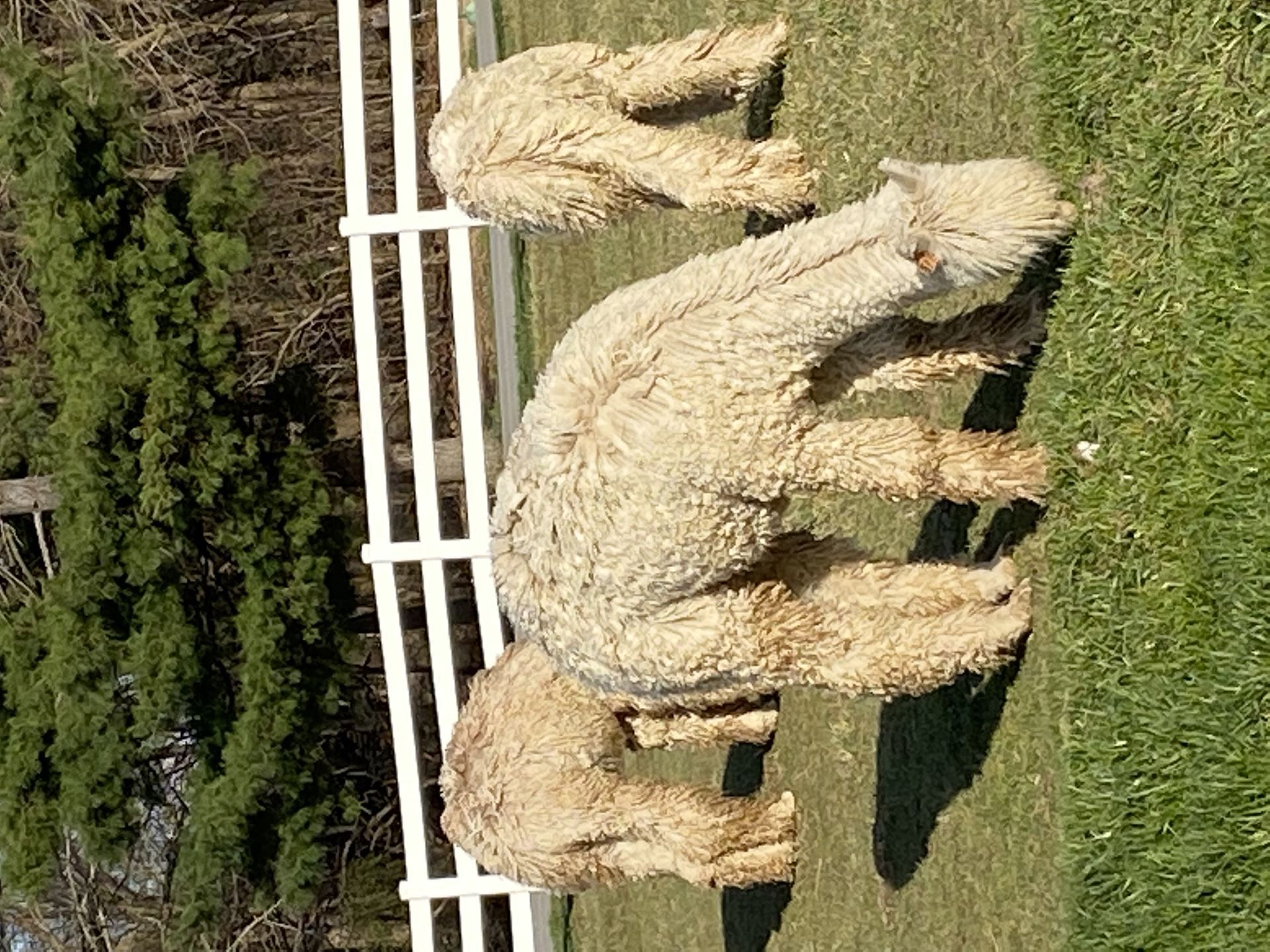Once you have applied for classification through the Suri Herd Improvement Program and scheduled a date for your classification, you are on your way! The
actual process of classification will be an outstanding learning
experience for you, and a bit of planning and preparation will help
ensure that it goes smoothly so you get maximal benefit from the
experience. Which animals will be classified? What does the classifier need for each animal to be classified? How do I prepare for the classification?
|
What kind of space do I need to have?
|
How can I help things move smoothly during the classification process?
- Animals should not be fed prior to their assessment. This will reduce any spitting by resistant animals.
- Helpers should get animals haltered and ready with leads.
- The handler walks the animal out, much like the show ring, so that the classifier can observe walk and then profile.
- While it is possible for one person to do all the handling, it is helpful for there to be two people to take turns handling animals. A back-up helper can serve in much the same way as a ring steward for animals that are more difficult to handle.
- One person should take notes, listen, observe and ask any questions of clarification.
- If there is an animal that is not halter trained, there should be a catch pen and a lane way where the animal can walk and be observed. Envision taking your animals in the show ring. The classifier must be able to observe the alpaca walking freely and must be able to have hands on. There needs to be a handler or two who can hold the animal for a hands-on assessment.
Following the classification, the classifier will take the individual assessment forms in order to complete data entry.
The forms will be returned to you after data entry is completed.
